Holiday Pet Safety in the Kitchen and Dining Room
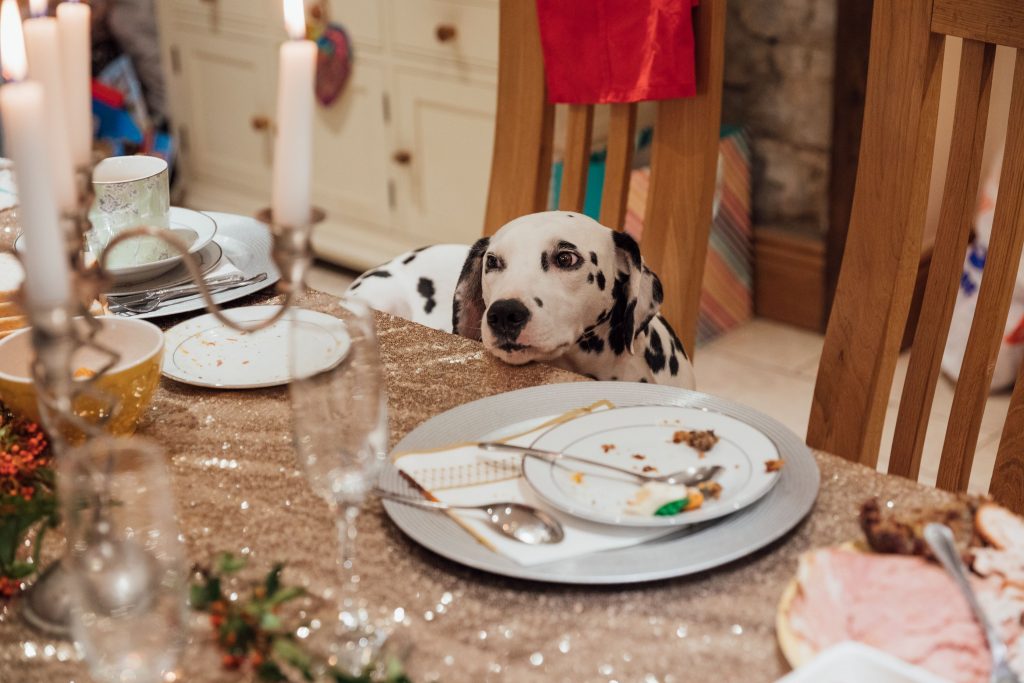
The holidays (that is, the weeks between Halloween and New Year’s) center around food, a fact not overlooked by our pets. Most pets notice each new item or special ingredient brought home and plot to get a taste as soon as you’re otherwise occupied. Indeed, the holidays bring out the opportunist in every pet, so it’s up to us to fashion alternative experiences to the rich, fatty or even toxic foods that humans indulge in this time of year. The key to holiday pet safety is careful observation of what’s going in your pet’s mouth.
The Risks to Your Pet
Whether you’re hosting a family holiday dinner or preparing some dishes to share as a guest, your pet will probably be right under your feet. The good news is that you can control what they have access to, and provide substitutions to keep them satisfied (and out of trouble).
Holiday pet safety hinges on asking guests not to feed your pet, and to quickly clean up any fallen morsels so your pet isn’t tempted. Monitoring their actions and behaviors during the holidays is also essential.
Continue…Guide To Holiday Safety for Pets: From Hanukkah to Christmas and Beyond
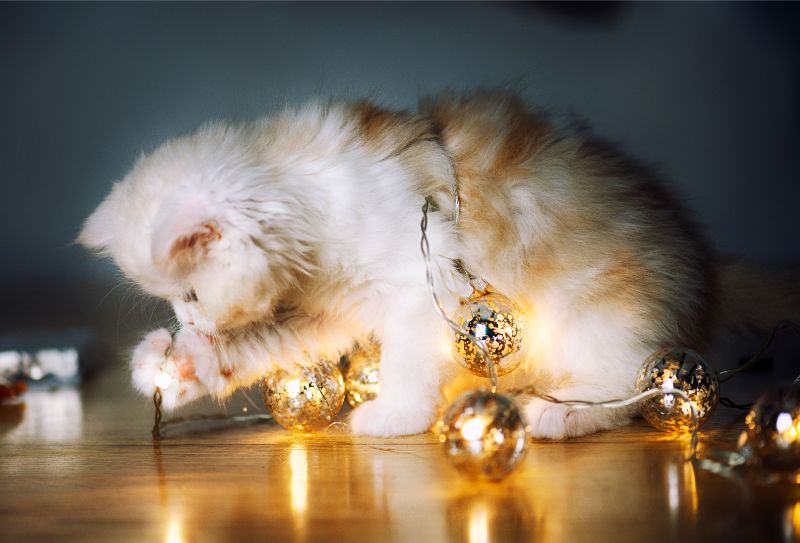
The holidays are here, a fact that has most Americans racing the aisles, planning delicious feasts, and getting ready for visitors and family gatherings. Some of us celebrate with the golden light of Hanukkah, some take pride in a perfect Christmas tree. And almost all of us celebrate New Year’s Eve with parties, fireworks, and lots of friends.
Unfortunately, the holidays pose some unique hazards for pets and are associated with some very common pet emergencies. We’ve gathered our time-tested holiday safety for pets tips to keep your furry friends safe and healthy all season long!
Continue…This, Summer, Don’t Let Pet Noise Anxiety Surprise You
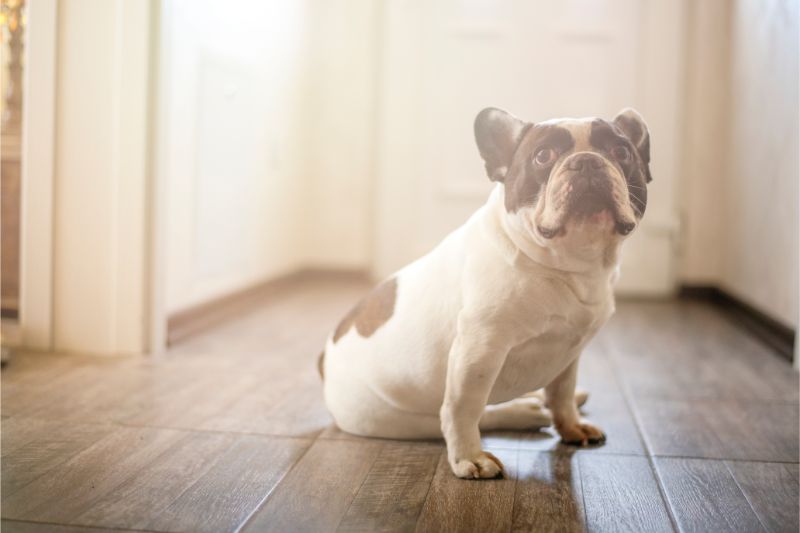
Before small children understand that fireworks were designed to entertain and awe, they are often scared. With language, conditioning, and ongoing positive experiences, kids learn as they grow that fireworks are enjoyable and help us celebrate Independence Day, New Year’s and more.
Pets, on the other hand, don’t come equipped with the knowledge that fireworks (and other loud, jarring, unpredictable noises) won’t harm them. When they feel threatened by loud noises, like thunderstorms, construction sounds, etc., frightened pets either hide or flee. Especially for city-dwelling pets, it can seem impossible to shield them from the hustle and bustle that can lead to anxiety symptoms.
To prevent the dangerous and sometimes painful side effects of pet noise anxiety, we’ve got some tips to help you through the summer.
Continue…More than Just a Present: Adopting a Pet During the Holidays
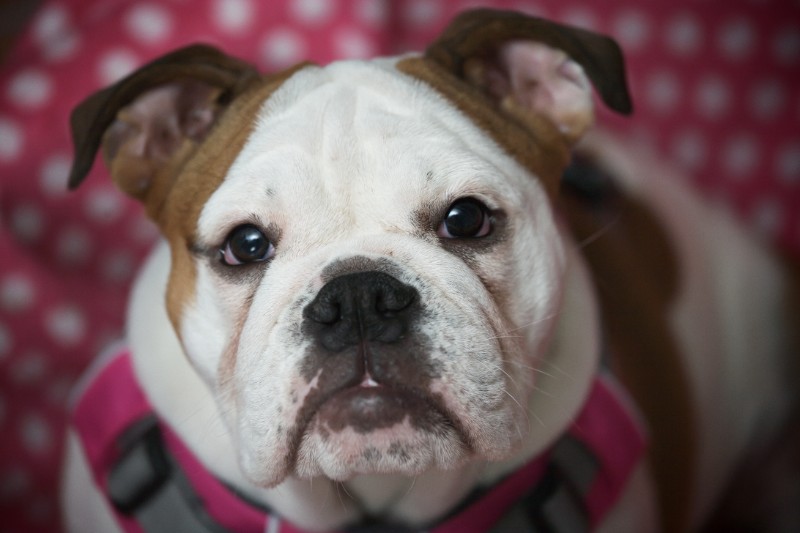
A quick stroll through any store will reveal the majority of holiday gifts are, unfortunately, disposable. While there are definitely meaningful or useful holiday presents out there, we mostly just enjoy them a few times before they’re relegated to a closet or donation pile.
So, where do pets fit in with all of this? In an effort to spread love and goodness, people commonly like to get a pet this time of year. However, it’s important to keep in mind this doesn’t always have a happy ending. Many people find pet ownership just isn’t a commitment they can make right now (or ever). In other words, adopting a pet is a serious endeavor that requires much consideration before taking the plunge.
Continue…The Grateful Fed: Avoid a Pet Emergency with These Meal Safety Tips
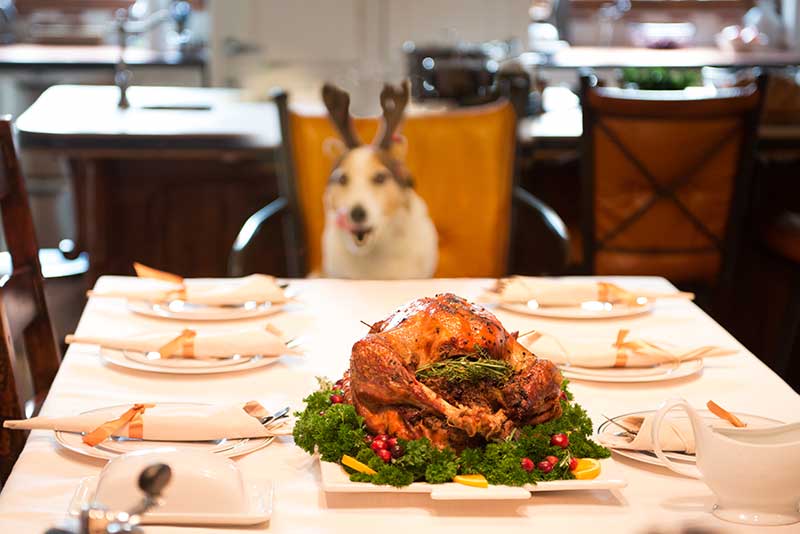
Who can resist a holiday meal? Whether it’s a gravy-covered plate of meat and potatoes or an abundance of buttery rolls and pie crusts, dinner tables this time of year can be really tempting. You don’t even have to be hungry to enjoy everything in front of you! If we feel this way about the holidays, our pets probably do, too. While you don’t have to exclude them entirely, it’s important to observe certain safety tips to prevent a pet emergency this holiday season.
A Cornucopia of Goodness?
As pet owners, the holidays yield many tasty goodies for us, but the same can’t be said for our companions. Without a doubt, the menu items we crave and love the most are also some of the most dangerous for our pets.
While some foods cause only mild irritation, the consumption of others can result in a life-threatening pet emergency.
Continue…Halloween Pet Safety Tips That Keep the Party Going
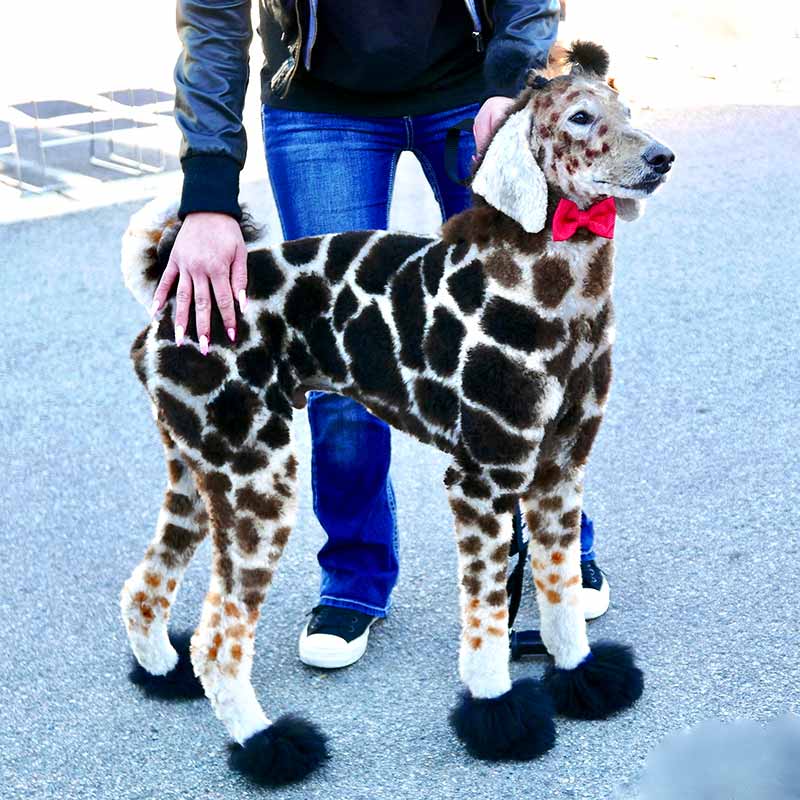
Pets can participate in all sorts of events around Halloween, including accompanying the kids for trick-or-treating, and even getting all dressed up. But without a proactive approach to the myriad dangers facing animals, they could find themselves in a proverbial cauldron of hot water. Our Halloween pet safety tactics will help you and your pet enjoy the seasonal revelry without a visit to the emergency room.
The Ringleader
Candy is super central to Halloween, of course. Kids and grownups alike simply delight in the various high-sugar and chocolate candies that are in abundance all month long. The bad news is that pets see us enjoying it and when they get a whiff, it’s hard to pass up.
The basic rule of thumb is that candy should never be left out for pets to discover. Keep candy bowls on surfaces that pets cannot see, smell, or reach, or behind closed cupboard doors.
Going one step further, be sure that any backpacks in the house, coat pockets, or purses that may contain a candy or two are always securely stowed away from powerful animal noses.
Why It’s Harmful
Candy poses definite risks to pets, but why, exactly?
- Chocolate – Theobromine and caffeine are the two chemical compounds in chocolate that make it so dangerous for pets. If a pet ingests chocolate, they might have irregular heart rhythm, high blood pressure, vomiting, and diarrhea, but if they ate a great deal of dark chocolate, they might experience seizures and heart failure.
- Raisins – Typically covered in milk chocolate, candy like Raisinets cause lethargy, weakness, abdominal pain, and dehydration (on top of the symptoms of chocolate toxicity).
- Xylitol – This artificial sweetener is ubiquitous in mints, gum, and sugar-free candy. It can also be found in a lot of peanut butter brands. Xylitol can be fatal to dogs and can cause low blood sugar, seizures, or liver failure.
- Wrappers – Foil, plastic, and even wax paper candy wrappers can cause severe gastrointestinal obstructions that require diagnostics like x-rays, ultrasounds, and possibly surgical removal. Likewise, lollipop or candy apple sticks pose choking hazards.
If you know or suspect that your pet ate something they shouldn’t have, please seek emergency help immediately.
Halloween Pet Safety
There are lots of other ways to protect your pet this Halloween, such as:
- Keep them away from glow sticks, electric lights, power cords, animatronic displays, and live flame jack-o’-lanterns.
- Ensure that any costume they have on fits well, but doesn’t block vision, respiration, or movement. Any possible choking hazards (like beads, sequins, etc.) or entanglement risks should be removed. Free your pet as soon as they become distressed.
- Encourage them to stay away from the constantly ringing doorbell. A back bedroom with their favorite bedding, toys, and treats can soothe anxiety related to trick-or-treaters.
- If you’re going out with your pet on Halloween, be sure that they are geared up in reflective gear. Their ID tags should be clearly seen. Please update any changes to the microchip in case you get separated.
If you have any questions or concerns related to Halloween pet safety, our veterinarians and staff at All Creatures Veterinary Hospital are always here for you.

